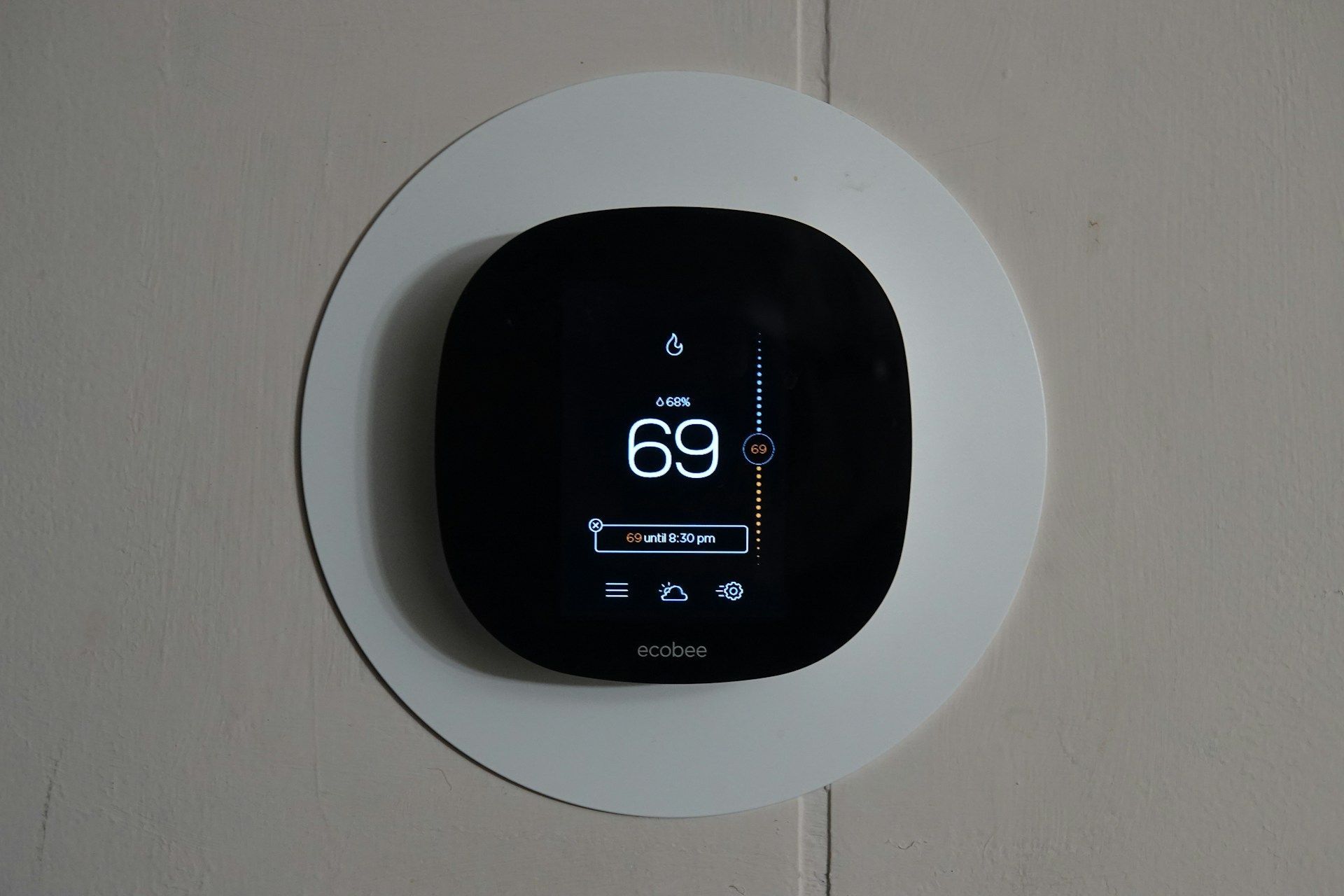How to Know If You Need a New Furnace
As the heart of your home's heating system, your furnace plays a vital role in keeping everyone warm and cozy during the cold months. Like any appliance, furnaces have a lifespan and may show signs of aging over time. It's important to recognize these signs to ensure your home stays comfortable and your energy bills remain manageable.
An aging furnace can lead to frequent repairs and rising energy costs, which can put a strain on both your finances and comfort. By understanding the signs of decline, you can make informed decisions to either repair or replace your furnace before it fails completely. Keep an eye out for unusual noises and uneven heating, as these can signal that your furnace is nearing the end of its life.
Monitoring your furnace's performance and efficiency is crucial in maintaining a warm and comfortable home. Recognizing when your furnace is no longer operating optimally allows you to address issues before they escalate, helping you save money and ensuring peace of mind.
Recognizing Aging Signs in Your Furnace
Every furnace has an expected lifespan, usually around 15 to 20 years. As they approach the end of their life, furnaces tend to show signs of wear and tear. Recognizing these signs early helps prevent unexpected breakdowns and costly repairs.
First, frequent repairs are a clear signal that your furnace is aging. If you find yourself calling technicians often, it might be time to consider the furnace's overall condition. Another common indicator is rising energy bills without a change in usage. An old furnace has to work harder to heat your home, which results in higher utility costs.
Unusual noises or vibrations also suggest problems. Furnaces making banging, rattling, or squeaking noises need close attention. These sounds often mean parts are loose or breaking down.
Here are key signs your furnace might be nearing its end:
- Frequent Repairs: More breakdowns and service calls than before.
- Higher Energy Bills: Rising costs without increasing your usage.
- Strange Noises: New sounds coming from your heating system.
By paying attention to these signs, you can better plan for a replacement, avoiding the discomfort of a total furnace failure in the middle of winter.
Evaluating Heating Performance
Heating performance tells a lot about your furnace's health. Uneven heating across your home could indicate that your furnace isn't working properly. You might notice some rooms are too hot while others are too cold, which points to possible furnace issues affecting its ability to distribute air evenly.
Having consistent temperature control is important for comfort. When your furnace struggles to maintain a set temperature, it might mean components are wearing out or that the furnace can no longer meet your home's heating demands. Inconsistent heating can also make the furnace cycle on and off more frequently, putting extra wear on the system.
To assess your furnace’s heating consistency, try these steps:
1. Check Air Vents for Blockages: Make sure nothing blocks airflow, like furniture or drapes.
2. Note Temperature Variations: Track if different rooms feel unevenly heated.
3. Monitor Thermostat Settings: Ensure the furnace matches the thermostat setting without frequent adjustments.
Evaluating your furnace's performance ensures it operates efficiently, keeping your home warm and energy bills reasonable. Knowing what to look for helps you decide if your furnace needs adjustments, repair, or replacement.
Smart Thermostats and Home Automation
Smart thermostats are a great way to boost the comfort and efficiency of your home heating system. These devices allow you to control the temperature remotely using your smartphone or other smart devices. This means you can adjust your home's heat settings even when you're not there, which helps save energy and maintain the perfect home environment.
Key features of smart thermostats include learning your heating preferences over time, adjusting temperatures based on your schedule, and even suggesting energy-saving tweaks. Some models also integrate with home assistants like Alexa or Google Assistant, making it easy to change settings with a simple voice command.
When choosing a smart thermostat, consider your current heating setup. Some thermostats work better with specific systems, such as heat pumps or boilers. Look for features that align well with your energy goals, like detailed energy reports or geofencing, which adjusts the temperature as you come and go.
The benefits of integrating smart technology with traditional heating systems go beyond convenience. These thermostats help keep your home consistently comfortable while potentially reducing heating costs significantly. By choosing the right smart thermostat for your setup, you ensure your home remains cozy without unnecessary energy use.
Maintenance for Optimal Performance
Regular maintenance is key to ensuring your heating system operates efficiently throughout the winter. A well-maintained system not only heats your home better but can also save you money on energy bills and extend the life of the equipment.
Homeowners can perform simple maintenance tasks like replacing filters every few months and keeping vents clear of obstructions. These tasks are easy and effective ways to ensure good airflow and maintain system efficiency. Additionally, checking for loose connections or strange noises can help catch small problems before they become big issues.
It's also important to schedule regular professional servicing. A technician can perform more in-depth checks, ensuring all parts like burners, heat exchangers, and electrical connections are in good working order. They can also spot potential problems that might be missed during DIY inspections.
Regular maintenance and professional check-ups contribute significantly to the long-term performance and reliability of your heating system. By staying on top of these tasks, you can enjoy a warm, comfortable home without worrying about unexpected breakdowns or costly repairs.
Conclusion
Choosing and maintaining the right heating solution for your home is vital for comfort and cost savings. Whether upgrading to a smart thermostat or keeping a regular maintenance schedule, each action ensures your heating system runs efficiently. A well-chosen and diligently cared-for system can transform cold winter days into cozy, inviting experiences.
If you're ready to explore efficient heating options for your home, contact Anytime Heating & Air. Our team of experts is eager to help you find the perfect system and keep it running smoothly all year long. Let us guide you in creating a warm and comfortable home environment with the right furnace installations and services. Reach out today and experience a worry-free winter with our professional help.


